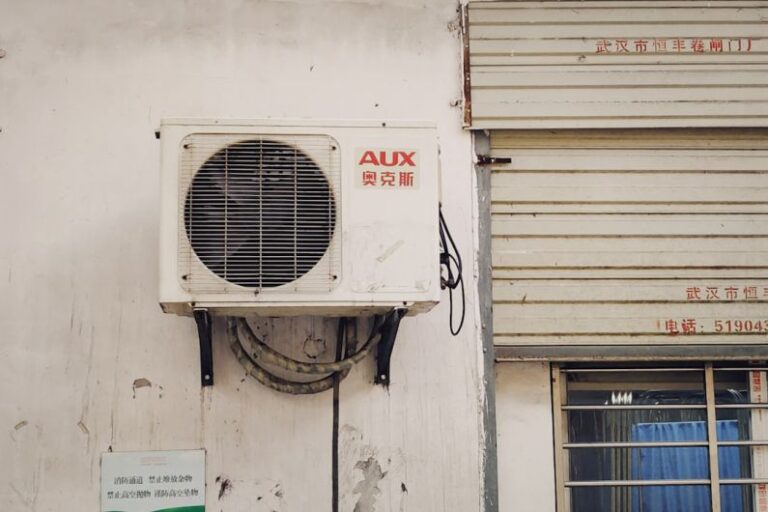
Ceiling height is a crucial factor to consider when determining the appropriate size of an air conditioning unit for a space. The vertical distance from the floor to the ceiling can significantly impact the cooling efficiency and effectiveness of an AC system. Understanding how ceiling height influences AC size requirements is essential for ensuring optimal comfort and energy efficiency in any indoor environment.
Impact of Ceiling Height on Air Circulation
The height of the ceiling plays a significant role in determining how effectively air circulates within a room. In spaces with high ceilings, the air tends to rise, creating temperature variations between the floor and ceiling. As hot air accumulates near the top of the room, it can lead to uneven cooling and discomfort for occupants. This phenomenon is especially noticeable in rooms with ceilings higher than the standard 8 to 10 feet.
Inadequate cooling in rooms with high ceilings can result in the AC unit working harder to maintain a comfortable temperature, leading to increased energy consumption and utility costs. To address this issue, it is essential to select an air conditioning unit that is appropriately sized to accommodate the additional cooling requirements posed by tall ceilings.
Factors to Consider When Sizing an AC Unit for High Ceilings
When determining the size of an air conditioning unit for a space with high ceilings, several factors should be taken into account to ensure optimal performance and energy efficiency.
Insulation: Proper insulation is essential for maintaining consistent temperatures and reducing the workload on the AC unit. In rooms with high ceilings, adequate insulation becomes even more critical to prevent heat loss and maintain comfortable indoor temperatures.
Sun Exposure: The amount of sunlight that enters a room can impact its cooling requirements. Rooms with high ceilings that receive direct sunlight for extended periods may require a larger AC unit to offset the heat gain and maintain a comfortable temperature.
Room Size: The overall size of the room, in addition to the ceiling height, should be considered when sizing an air conditioning unit. Larger rooms with high ceilings will require a more powerful AC unit to effectively cool the space and maintain even temperatures throughout.
Ductwork Design: The design and layout of the ductwork in a building can also impact the cooling efficiency of an AC system. Properly sized and insulated ducts are essential for delivering cool air effectively to all areas of the room, especially in spaces with high ceilings.
Selecting the Right AC Unit for High Ceilings
When choosing an air conditioning unit for a room with high ceilings, it is essential to consult with a professional HVAC technician to determine the appropriate size and capacity for the space. An undersized AC unit will struggle to cool the room efficiently, leading to increased energy consumption and reduced comfort.
Opting for a ductless mini-split system may be a viable solution for cooling rooms with high ceilings. These systems offer more precise temperature control and can be installed without the need for extensive ductwork, making them a practical choice for spaces where traditional AC units may not be as effective.
Conclusion: Ensuring Comfort and Efficiency in Spaces with High Ceilings
Ceiling height is a critical factor that can significantly influence the size requirements of an air conditioning unit in a space. Rooms with high ceilings pose unique challenges in terms of air circulation and temperature control, making it essential to select an appropriately sized AC unit to ensure optimal comfort and energy efficiency.
By considering factors such as insulation, sun exposure, room size, and ductwork design, property owners can make informed decisions when choosing an air conditioning system for spaces with high ceilings. Consulting with HVAC professionals and investing in the right equipment will help maintain a comfortable indoor environment while minimizing energy costs in the long run.





